Introduction In recent years, the shift towards metal roofing in…
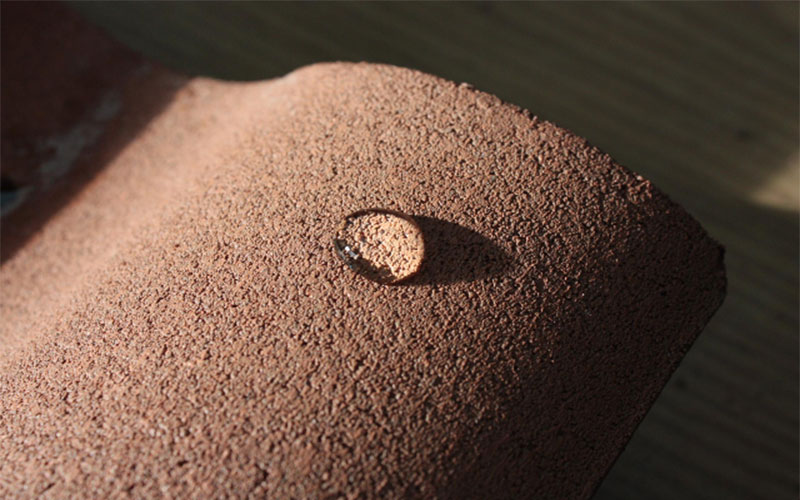
Porous Roof Tiles – What Are They and What To Do About Them?
We have all heard of the long durability of tiled roofs. Most concrete tile roofs come with a 50 year warranty. For clay roofs, the tiles can last up to a century. And some say that slate is even more durable, being able to last 100 to 150 years.
But even though the tiles are extremely durable, just as everything else they still need some maintenance from time to time. And that’s when you hire a company to check the condition of your roof and after the inspection, they tell you that your roof tiles are porous and need to be re-coated immediately before they start to leak.
Before signing the contract for this expensive roof restoration procedure, be sure you understand what porous tiles actually are, and all of what’s involved in a roof restoration process.
What are porous roof tiles?
Tiled roofs are exposed to all kinds of weather conditions. Although they are made to withstand wind, rain, snow, and sun, these are still factors that affect the tiles in the long run.
One of the issues with roof tiles is that in time they start to look porous. Don’t worry though, because this is a process that takes years, and it may take up to 25 years before it actually has any effect on your tiles. Even then, the effect is mostly visual rather than actual roof damage.
Porous tiles appear when the rain slowly wears down the paint and the protective coating of the tile. Even if you don’t live in a very rainy area, the ageing of the tiles and the UV rays still have their effect on the structure of the tiles. This, however, shouldn’t bother you at all.
There is a common misconception that porous tiles will leak water into your home. Most commonly you can hear this from companies that want to sell you costly roof repairs that you don’t actually need. So before you agree to hire them to repair a roof that doesn’t really need to be fixed, read more about porous roof tiles and what to do about them.
Do concrete tiles become porous?
If you are asking yourself whether concrete tiles become porous maybe we should first note what concrete tiles really are.
Concrete roof tiles were used as early as 19th century Bavaria when people mixed cement, water, and sand to create the concrete tiles. Back in those days, people didn’t use to colour them. They also didn’t lay any protective coating on the tiles. And yet, many of these buildings still stand and this is just one proof for their true durability.
Later, from the beginning of the 20th century, people started to colour them to remind the appearance of clay tiles. With the advancing of technology, they are now available in many different colours, shapes, and sizes but they are still made out of cement, sand and colour pigments.
So the better question here would be Are cement tiles porous? Yes, they are. In their natural state cement tiles, also known as concrete tiles, look like natural stone. They are porous and this is the reason they are being covered with a protective coating to smooth the surface and fill in the small holes. This protective coating has mostly an aesthetic purpose although it is known to improve the durability of the tiles.
One thing you should know about concrete tiles is that they actually become better with age. Even if the protective coating is gone as a result of long exposure to the different weather conditions, if the tiles are properly arranged and unbroken they will not leak or absorb water even if porous.
Many environmental factors can contribute to roof-tiles becoming porous, for further information see our related article on the effects of Saltwater on roof tiles.
If you are interested to know more about concrete roofing tiles and how to maintain them, don’t hesitate to check CSIRO’s Information Sheet for Concrete Roof Tiles.
Do terracotta roof tiles become porous?
Terracotta roof tiles are known to last even longer than the concrete tiles, often for a hundred years. They have been used as a proven roofing material for centuries and are still one of the most commonly used materials worldwide.
Terracotta tiles are actually made of clay-based ceramic. In Italian terracotta means “baked earth”, which gives a pretty good idea on how natural and accessible this technique is. Nowadays, most clay tiles come with a glaze coating that is responsible for the variety of colours and finishes available on the market.
Clay roof tiles have many advantages compared to other roofing materials:
- They are a lot more durable when treated properly.
- They are fully water and fire resistant.
- They do not lose their colour as much as cement tiles, for example, because the pigment is actually baked into the tile.
- They come in many different colours and finishes to match every taste and need.
Of course, as with everything else, clay tiles have their disadvantages too.
As we mentioned in the case of concrete tiles, the porous surface comes from the natural state of the cement. With clay tiles, this is also the case. In its natural unglazed state terracotta is very porous. The special glazing technology, however, fills in these pores. And even if the glaze wears off after a few years, the terracotta roof tiles will still not return to their porous form.
The main disadvantage of clay tiles is that they are quite fragile. And while porous tiles will not result in leaks in need of repair—broken, cracked or misplaced clay tiles sure need immediate fixing or replacement if you don’t want the water to reach your home.
Are porous roof tiles dangerous?
Many Melbourne roof restoration companies claim that porous roof tiles are dangerous and will allow leakage into your home. This, however, is not exactly true. If you look around or search online you will no doubt find many very old buildings with tiled roofs that are not leaking on the inside. And if they are really old they probably haven’t been coated either.
Although being porous does not make the roof tiles dangerous there are still several factors associated with their condition that may lead to bigger problems in the future if no measures are taken. Here are some of the risks concerning porous tiles:
Porous roof tiles collect dirt
Just like the pores on a human face, the porous roof tiles may collect all kinds of dirt in the holes and cracks. Although this concerns mainly the looks of your roof, in the long run, this may result in the enlargement of these currently very small holes. This is even more likely if it’s combined with extreme weather conditions.
Porous roof tiles are weaker
This is something that may be expected. A porous tile on itself cannot be as strong as a tile in a good and solid condition. Even if the cracks or holes may be very small, they could still affect the quality of the tile and make it less durable during storms or strong winds.
Porous roof tiles can break more easily
If you live in an area with extremely cold weather the small gaps may collect some water that is not enough to leak into your home, but could still later freeze and enlarge the gap or even break the tile under the pressure.
The weaknesses in the tiles also make them more vulnerable, which may result in some of the tiles breaking while walking over them.
In general, being more fragile may result in further damage to the tiles if no measures are taken in due time. Of course, this does not mean that your roof tiles will start to break as soon as you notice they’ve become porous.
Broken porous tiles can indeed leak
Just as any other broken tile with its coating intact, yes, porous tiles do not leak if they are in good shape and arranged properly. Tiled roofs are arranged in a manner that does not allow the water to stay in one place. Instead, each drop is lead to the next tile, then the next one, and so on.
If, however, the cracks are large enough for the water to pass through this may result in leaking. Keep in mind that in this case, the best option may be to replace the broken tile instead of trying to coat it.
Porous roof tiles decrease the home value
If you are looking to sell your home any time soon, there is a chance that the porous roof tiles may prevent you from getting the price you were hoping for. The main reason for this is the reduced aesthetics of the roof that at the end of the day may make your home a little less appealing to possible buyers.
Another factor that may repel these buyers is the fact that they may expect to have additional costs related to fixing the roof.
If you are indeed selling your home and want to “freshen up” the roof to make the property look more appealing be sure to check whether it will be worth the amount you will need to invest in re-coating the roof tiles as this procedure may cost up to several thousand dollars.
What can you do about porous roof tiles?
Roof tiles may be extremely durable but they still need their fair share of maintenance. When it comes to your porous concrete tiles, there are several options that you may want to consider.
Re-seal the concrete roof tiles
More often than not, if you hire a company to check your porous concrete roof they will advise you that you need to re-seal it to avoid leaks. This is becoming a more and more common practice by the day and unfortunately is far from the truth.
There are several cases in which your tiles may leak, though they are not related to the coating of the tiles. If your roof is leaking be sure to check the following:
- Are there any broken tiles?
- Are there any cracked tiles?
- Are the tiles laid (overlapped) properly?
- Is the slope raised enough?
Although there are benefits to re-coating your tiles, you should remember that leak prevention is not one of them. So why do you need to seal cement tiles then? The thing is, you don’t really need to re-seal them.
Of course, you may choose to do so as a way of maintaining their structure and appearance. Applying a high build primer sealant will fill in the minor cracks and will make your roof restore its beautiful flat finish. And as you probably guessed by now, the re-sealing process will have a mostly visual effect on your roof.
High Build Roof Primers
There are various brands that produce High Build Roof Primers, some of them are Dulux and Fillabond.
Roofbond Fillabond is a pure acrylic high build filler that is designed for porous concrete tiles and asbestos roofs.
Data Sheet for this product can be found here.
Dulux AcraTex Roof Primer Surfacer is designed to be applied to suitably prepared aged and pitted concrete roof tiles as part of the approved Roof Membrane Next Generation System for tile restoration.
Data Sheet for this product can be found here.
Advantages of Re-Coating Your Porous Tiles
Some of the other advantages of re-coating your tiles include minimising the effect of the rain and sun on your tiles and preventing the freezing of water in the cracks. Although these may seem like perfectly valid reasons to re-seal your roof tiles you should note that such factors require years before actually affecting your tiles to a point that you can notice any actual damage.
If you do not wish to change the general appearance of your roof, a more cost-efficient option is to choose a clear, translucent sealant. This way when the coating starts to wear off in a few years it will not be too visible and you may wait longer before re-coating again.
Another step to consider before making the decision to re-seal your tiles is that additionally laid coating tends to wear off after a few years so the process should be repeated every 5 to 10 years if you want to keep the result. As this is an expensive procedure, you should consider whether you want to maintain the coating of your tiles on a regular basis.
There is also one major disadvantage if you decide to re-coat your tiles, and this is the need to clean all your tiles using water pressure. The pressure washer will remove the remaining coating before applying the new one but it may also damage the tiles and thus shorten their life expectancy. By using a pressure washer on your roof you also risk flooding your home if you do not know what you are doing. If you’d like to find out the cost involved in your roof restoration process, click here.
Painting the concrete roof tiles
You may be wondering, can concrete roof tiles be painted ? The simple answer is that as long as your roof tiles are strong enough for you to walk over them, then, of course, they can be.
Painting your porous concrete tiles is one way to take care of them and re-seal the small imperfections. As a result, you will not only have “fixed” your roof, as many companies may try to sell it, but you may also take the chance to remodel the look of your home.
The tiles could also be painted even if they are not porous. The colour of concrete roof tiles tends to fade with time due to factors such as UV rays and air pollution. It is important to remember that this process will not affect the quality or durability of your tiles but will change their appearance giving them a more matte finish.
If you have decided to paint the roof tiles be sure to keep the following in mind:
- The new paint has an aesthetic purpose only and will not prevent leaks; the proper arrangement of unbroken tiles will.
- Replace or rearrange any broken, cracked or misplaced tiles.
- Select high quality and 100% acrylic paint to be sure you will get the lasting result you would expect.
- Remember that the colour affects the thermal insulation performance. Dark tones attract the sun rays while light tones repel them. Choose a darker colour if you live in a colder or rainy area.
- Make sure the surface is thoroughly cleaned, preferably under pressure, and then completely dried out.
- Apply oil-based primer to prepare the surface.
- For long-lasting results, it is recommended to apply two coats of paint to the tiles.
If you have installed clay tiles instead of cement ones, keep in mind that painting terracotta tiles is not recommended.
Final takeaway: Don’t stress about your porous roof tiles
At this point, it should be clear that porous roof tiles are not a problem you should stress too much over. Still, when it comes to roofs, proper maintenance is the key to guarantee your roof will last as long as you expect it to.
Make sure you check your gutters, valleys, and downpipes regularly as they tend to stock on twigs and leaves. If they are blocked they will prevent the water from running its usual way which may eventually result in roof damage and leaks. In addition, dry twigs are also combustible which represents a fire hazard to your home.
To ensure your comfort and safety and to prevent any major problems in the future, all you need to do is take care of your roof regularly and check your roof every few years replacing any cracked tiles.
To learn more about the processing a a complete roof rejuvenation and tips for hiring a reputable company for a successful project, you should definitely check out “The Complete Guide to Roof Restoration Melbourne.”
And, if you are looking for a professional roofing company to give your roof the flat finish it once had, get in touch with Vivify Roofing to learn how we make old roofs look new again with a high build primer sealer.
Get a Free Roof Restoration Quote Now
Thinking of getting your roof painted or restored? Complete the below form to discuss your project and get a free quote.

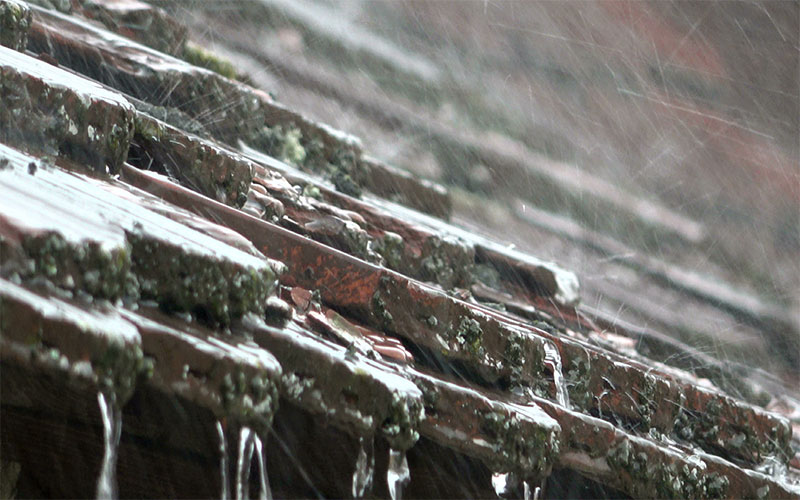
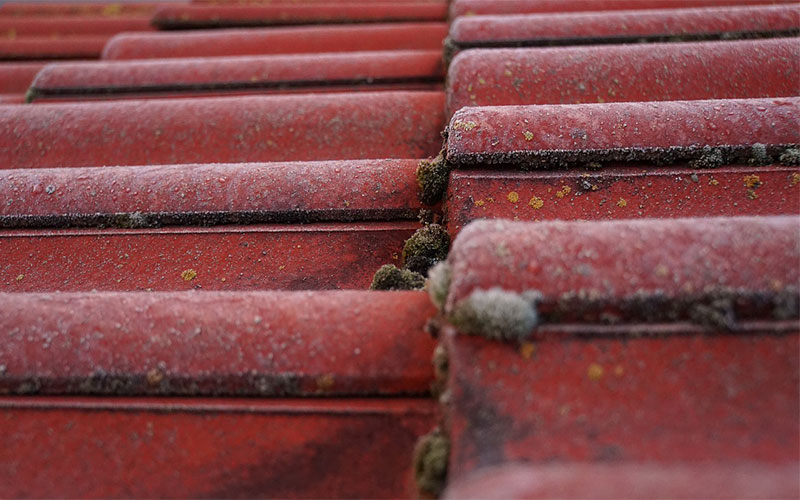
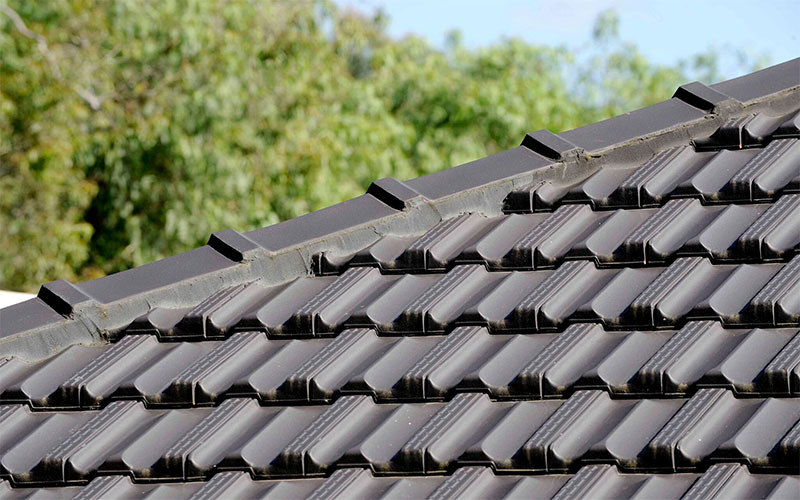
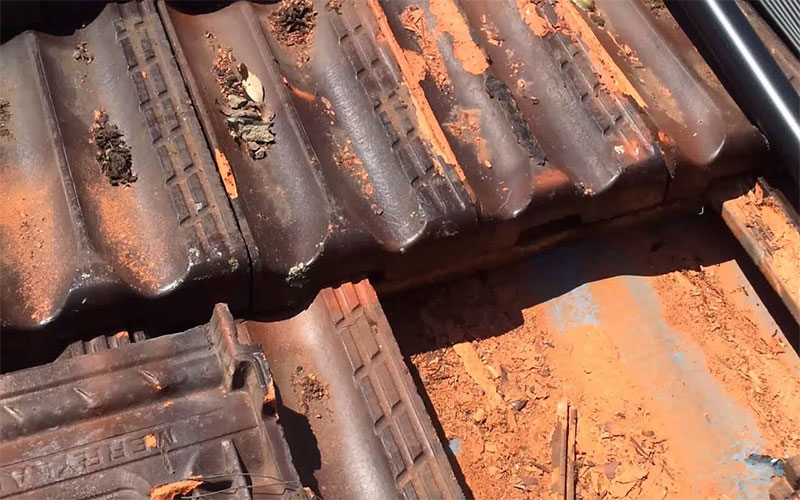
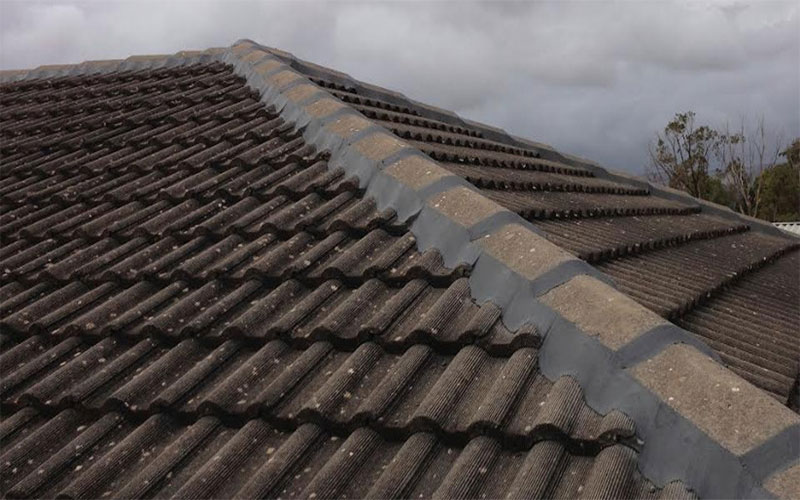
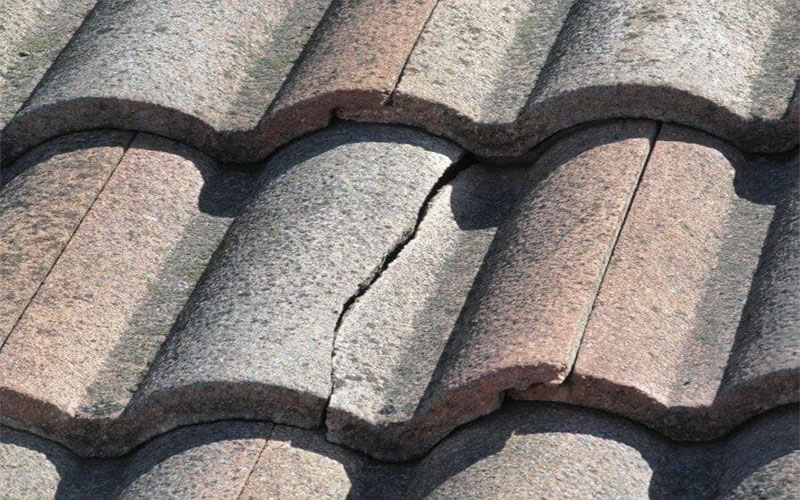
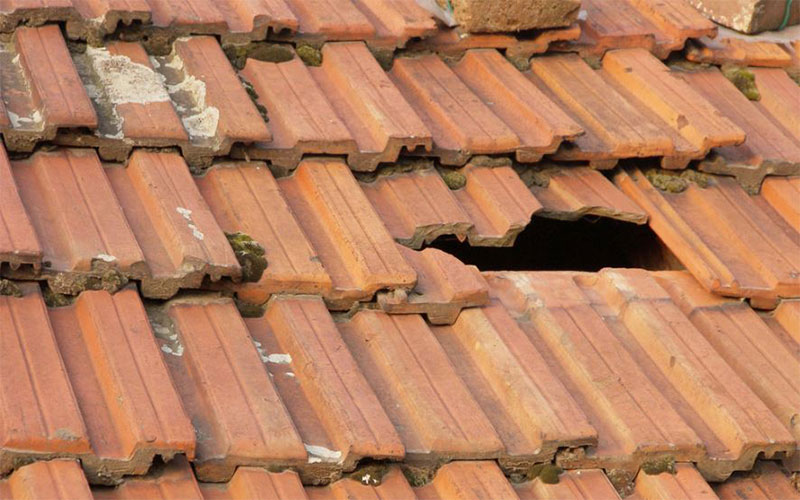
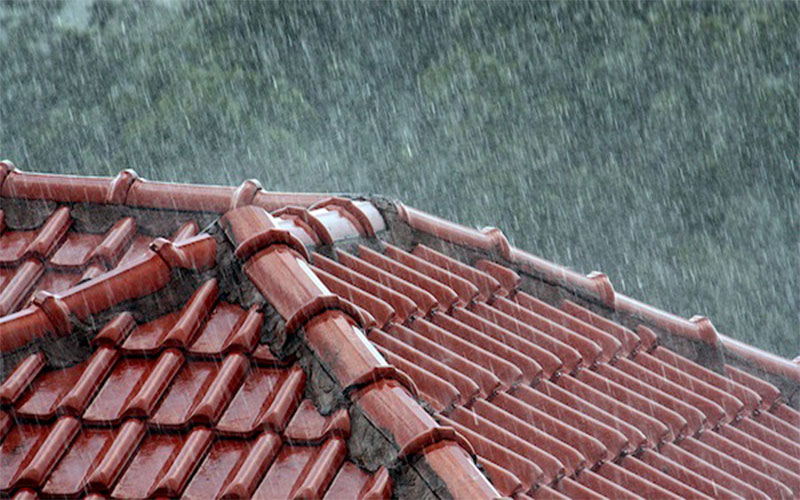
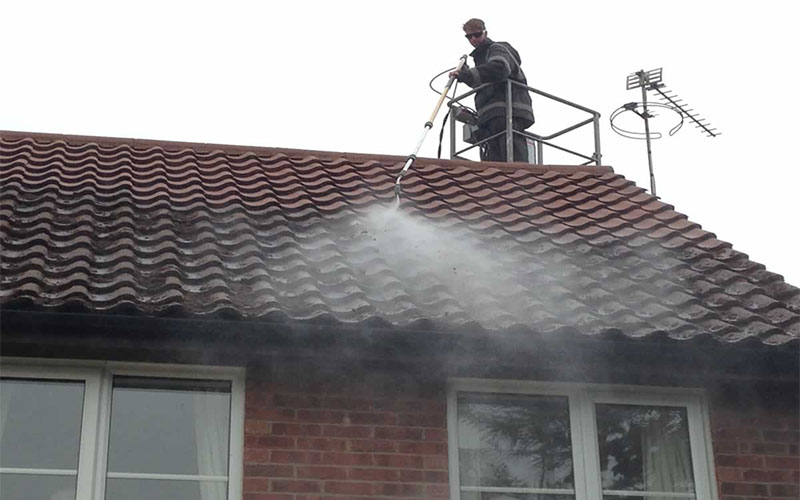
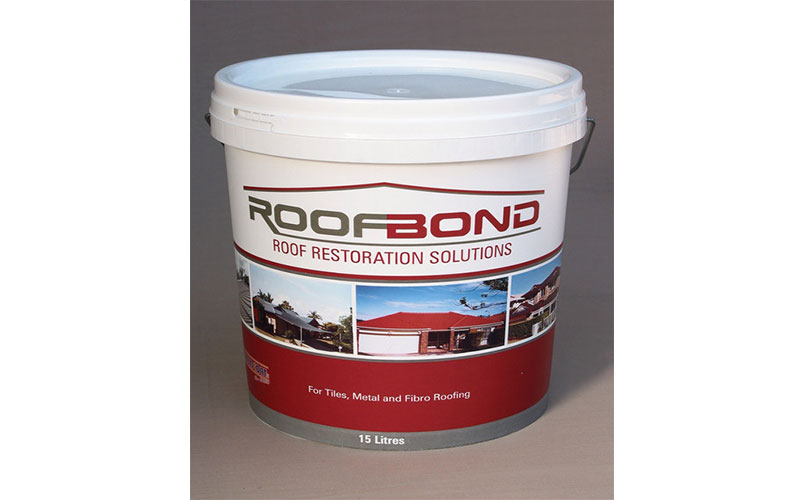
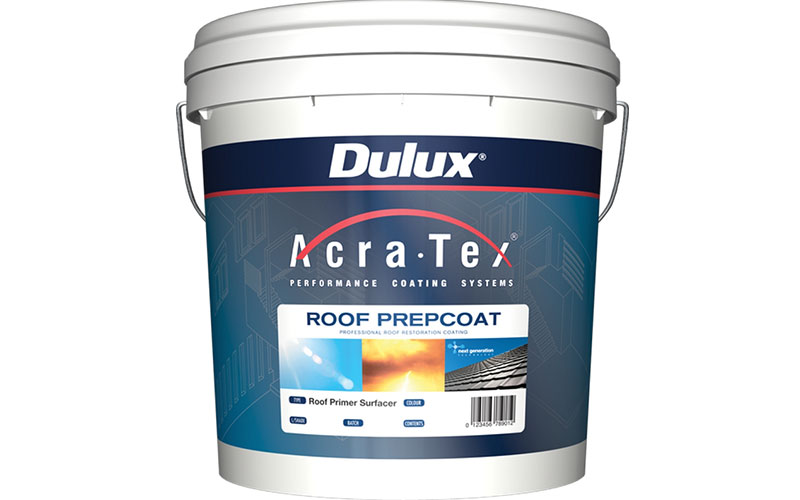
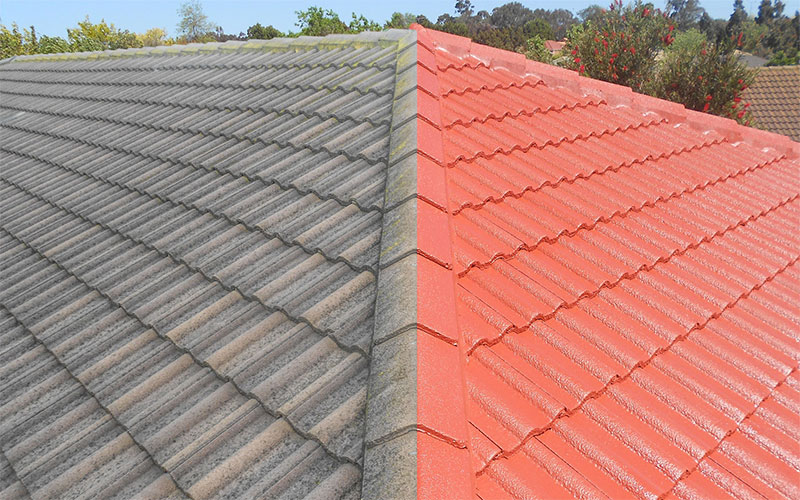
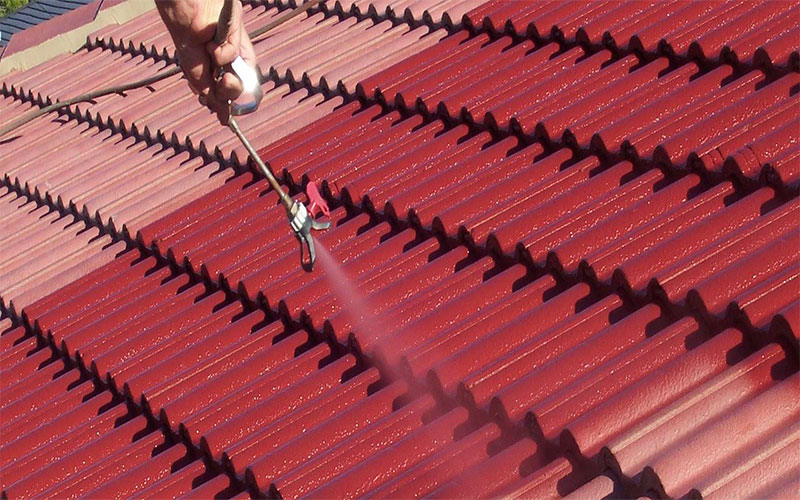
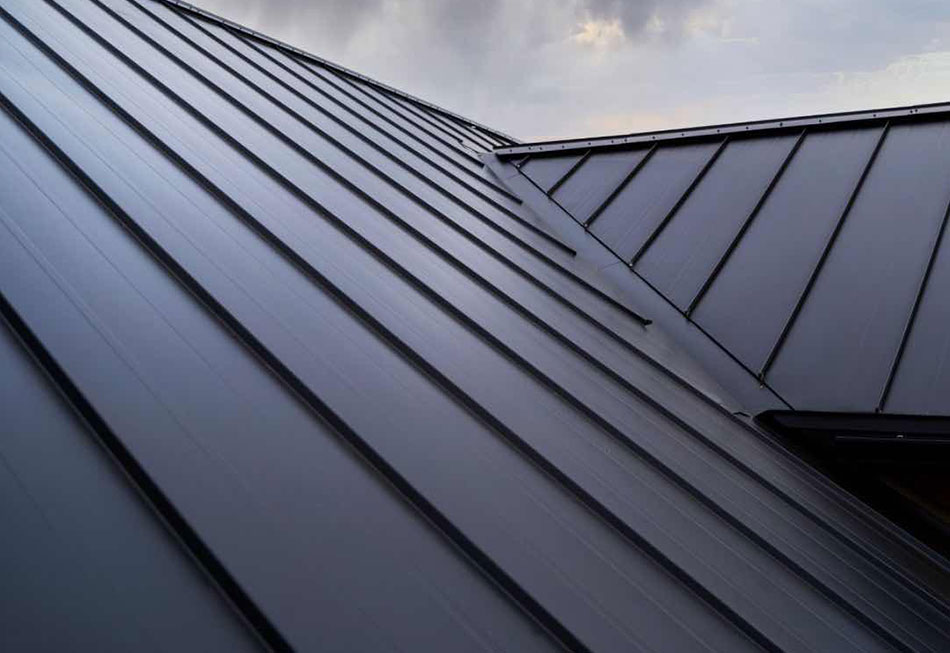
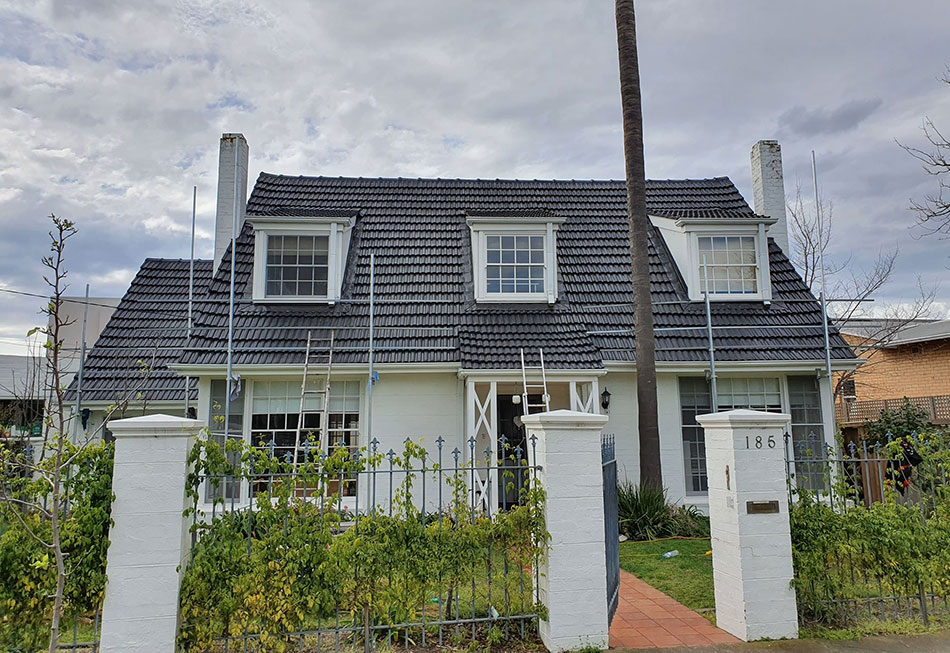
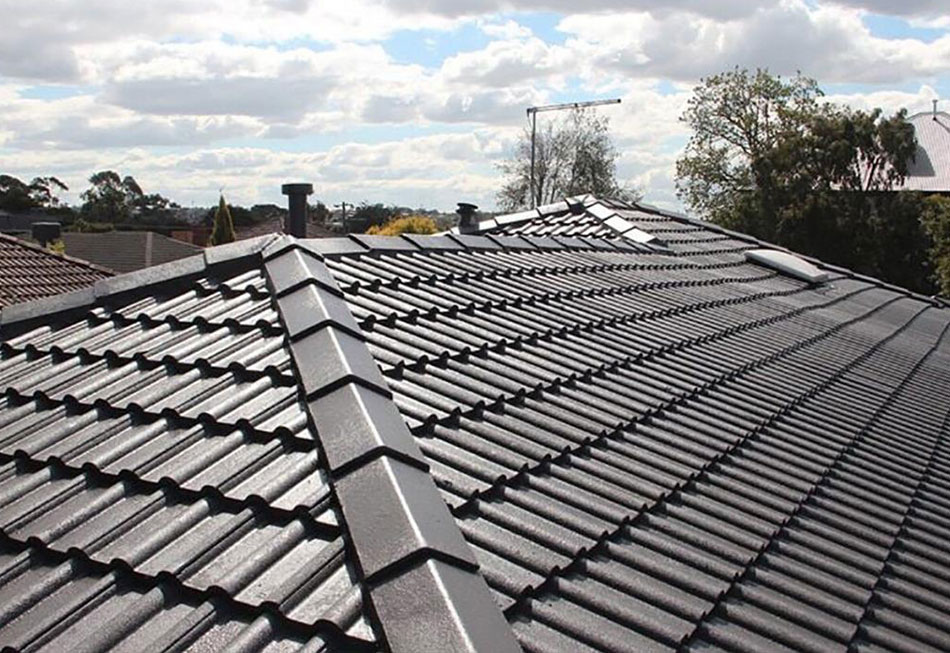

This Post Has 0 Comments